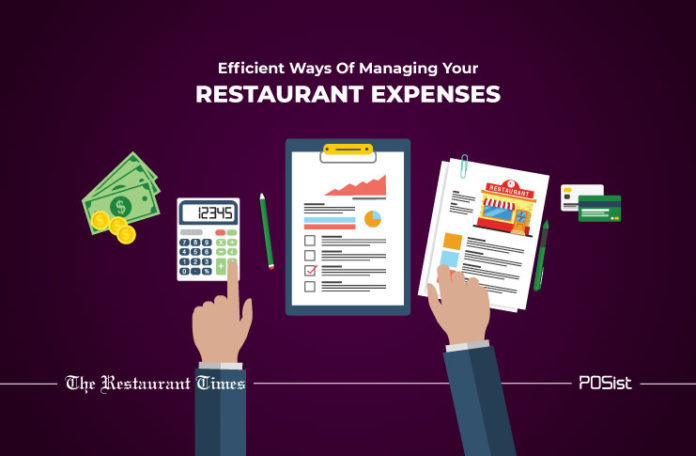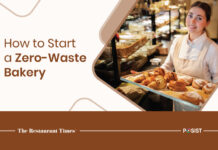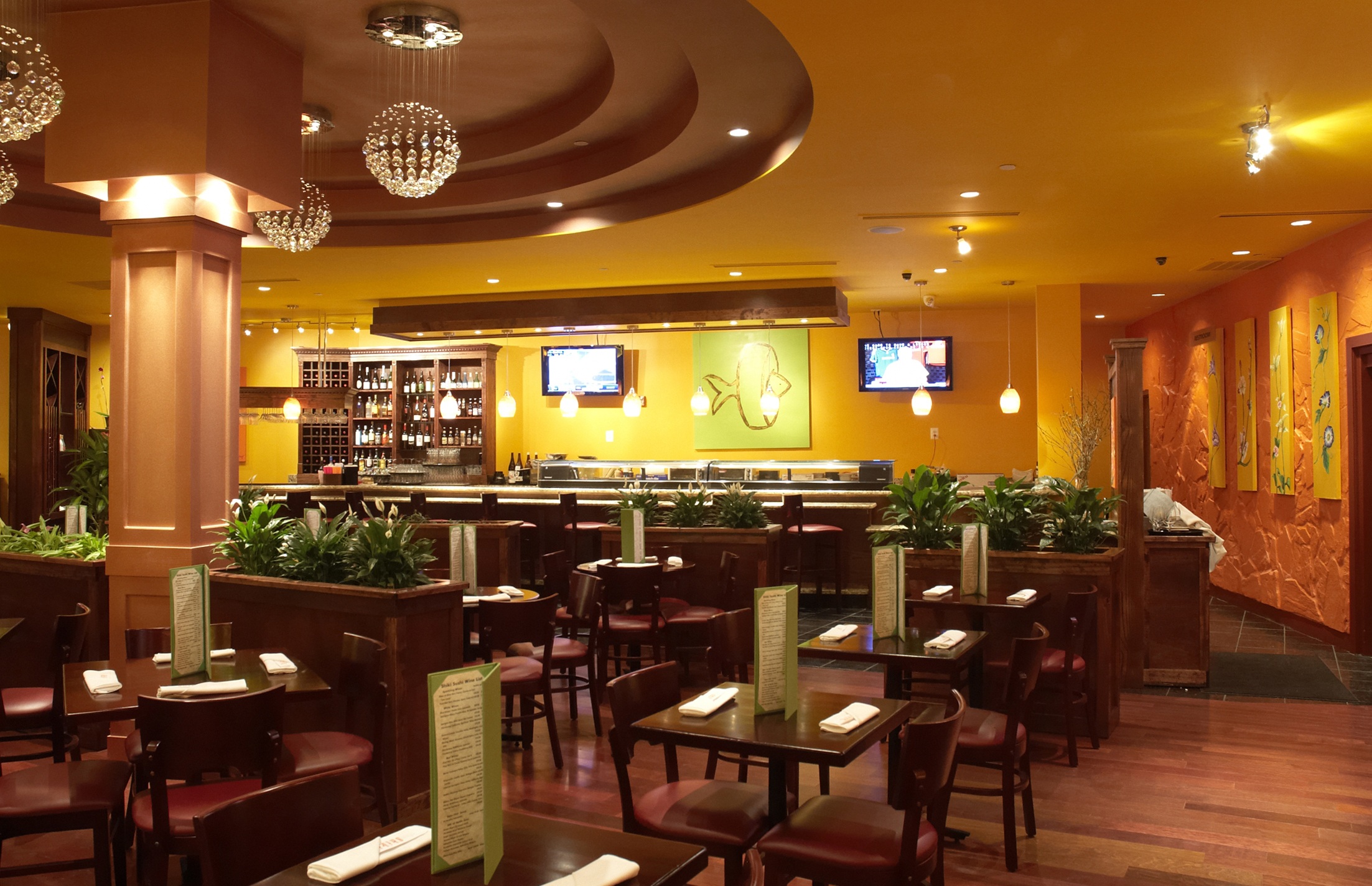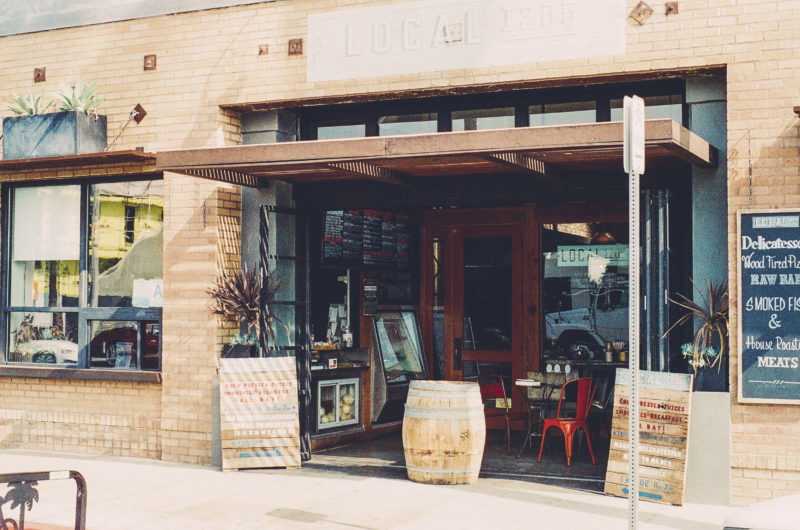Restaurant owners in the USA are continually working towards curbing the restaurant expenses, after all, a penny saved is a penny earned!
According to the stats released by Statista, the restaurants mostly spend on purchases and employee wages, almost thirty-five and twenty-five percent respectively. This makes it imperative for the restaurant owners to manage the capital judiciously.
Managing the restaurant expenses will help run your restaurant successfully and will make it easier for the restaurant owner to control the funds. A strategic approach is very crucial when planning to manage the expenses.
By taking the following steps mentioned in this article you will be able to control your expenses and delight your customers.
Steps For Managing Your Restaurant Expenses
To maintain your restaurant expenses, you need to first determine where you are spending most of your capital.
Things like food cost, labor cost, and other expenses like marketing, rent, etc. are significant contributors to the restaurant’s growing expenses.
There are two different types of restaurant expenses:
- Fixed cost: These are the cost you will have to bear regardless of the sales you make, for example, the rent, a fixed amount needs to go towards the rent every month.
- Fluctuating cost: This is a cost that is not fixed, for example, food prices, they keep changing depending on the season and the crop production.
We have listed some ways which will help you efficiently manage your restaurant expenses seamlessly.
1. Trim Your Food Waste
According to the National Restaurant Association, the amount of uneaten food from the restaurants in 2008 was valued at $390 per consumer, which is a very high number and a notable contributor to the increases restaurant expenses. You can only imagine the steep losses that the restaurants face due to high food wastage.
The two primary reasons why the food is wasted in the restaurant industry are:
- Overstocking the inventory and not being able to use the raw material on time
- Overfilling the plates with excess food which the guests are unable to finish
You can use these steps to curb the food wastage and prevent your money from going to the bin:
- Having a recipe manual: You should have a standard recipe manual for reference available all the time with your chefs. Creating a recipe list helps in identifying how much raw material would be required for cooking and what would be the portion size. This would avoid any wastage and help maintain consistency.
- Inventory control using technology: It can be a tedious job for a restaurant owner to run back and forth to check the inventory levels and the expiry date of each raw material. You should invest in a good inventory and stock management system. This will prevent overstocking and would also let you know if the raw material is about to go rancid. It will provide you with real-time inventory reports which prevent you from placing orders unnecessarily.
- Check the plates: Observe the plates that come back to the kitchen. See if you continuously find leftovers, this could mean you are over-filling the plates, and the guests are unable to eat the entire portion. Not portioning the food correctly leads to wastage of food and you end up spending more than what you earn per customer.
2. Conducting Regular Menu Analysis
It is necessary for the restaurant owners to conduct regular menu analysis. Removing the items that are not performing well is a splendid move to control your restaurant expenses.
The palate of the customers in the USA keeps changing now and then, they might like tangy-lime flavored drinks during the summers and cinnamon flavored buns during fall!
There is no point in having the unpopular food items listed on the menu; you will have to unnecessarily stock on on them instead, invest more in the favorite dishes and flavors.
Using the sales report in a POS system you can determine the items that are not performing adequately, it will give you total sales count and itemized sales count as well. This will make the process of elimination easier.
3. Calculating The Food Cost Periodically
Calculating the food cost is a very vital step in running a successful restaurant which you can’t ignore. Proper calculation of the food cost will help you efficiently manage your restaurant expenses.
The food cost formula will help you determine the correct food cost by showing the percentage of the expense of preparing a dish.
Food cost = Total cost of ingredients / Sale price
There are different types of food costs that you need to take into consideration when calculating the actual food cost.
- Direct cost: This is the actual cost of the food which is broken down to ingredients, usage, and waste.
- Indirect cost: This is the cost of procuring the raw materials, labor cost and all the other behind-the-scenes cost.
-
Recipe cost: This is the cost of how much raw material is being used for preparing a particular dish.
-
Volatile value: This is the cost that keeps fluctuating due to economic condition, natural calamities, etc.
- Menu sale price: This is the final price that the customer pays for the dish.
Not calculating the food cost and pricing the menu items properly will result in a loss. Therefore, invest time in managing your food cost.
4. Staff Suitably
Overstaffing or hiring wrong people would mean a waste of funds. If you have an event at your restaurant, you can always hire temporary staff to assist your permanent staff. You can manage the shifts of your present staff wisely and have more employees coming in over the weekends when usually there are more guests at your restaurant.
Another significant point to keep in mind while managing your restaurant expenses is to hire the right people and making sure their goals coincide with your restaurant’s objectives.
You need to provide your staff with the best training and environment to prevent them from leaving as hiring a new person would require you to invest a lot of time and resources.
Also, only hire when the need arises, there is no point in hiring more people than needed.
5. Marketing Smartly
You need not spend hundreds and thousands of dollars on marketing your restaurant. There are several marketing options available in the USA that do not require you to shell out a whole lot of money.
Take advantage of e-marketing, start using platforms like Google, Facebook, Instagram, etc. to market your restaurant. Traditional marketing methods like newspaper advertisements etc. can cost you more and provide no guarantee of targetting the right audience.
When marketing online, you can start with whatever amount you are comfortable spending and also target your desired audience. This would ensure you are not unnecessarily wasting money.
Take advantage of all the Internet has to offer, from designing your website to advertising online.
6. Conserve The Energy
Not being able to manage electricity smartly can lead to an increase in restaurant expenses. This does not mean turning off the lights during the operational hours instead, come up with smart alternatives like using LED lights. For example, Subway has switched to energy-saving bulbs in all its US franchises. This not only saves them a few bucks but also contributes to the well-being of the environment.
Cutting down the electricity cost drastically helps in controlling your restaurant’s expenses. Turn the lights off when you don’t need them. Before you leave for the day check if all the lights and other equipment are turned off.
Make your staff realize the importance of energy conservation and how it helps in controlling the restaurant’s expenses.
7. Spend Wisely
Every decision you take would cost you money; therefore you need to ask yourself if you need to invest in that thought right now. Often restaurant owners spend on the unnecessary things which might not be required at the time; you can avoid such expenses and invest in something that you need to run your restaurant successfully.
For example, you might want a fancy painting at your restaurant which may cost you a fortune but, is it necessary right now? You can purchase that later down the line. You need to spend your money tactfully. Be realistic about the capital you are spending and how much the things cost; this would help you control your expenses and not exceed your budget.
The cost of operating a restaurant is quite high in the US; therefore as a restaurant owner, you need to spend your capital systematically. You should have a plan to manage your restaurant expenses.
The points mentioned above will help you take care of your restaurant expenses judiciously and will ensure your restaurant’s continued success.

















